String spokes in an ultralight package that is a blast to ride: the Berd Sparrow Gravel Wheelset reviewed
Berd impressed with its unconventional yet exceptionally light, uncommonly smooth and aero-be-damned gravel wheelset
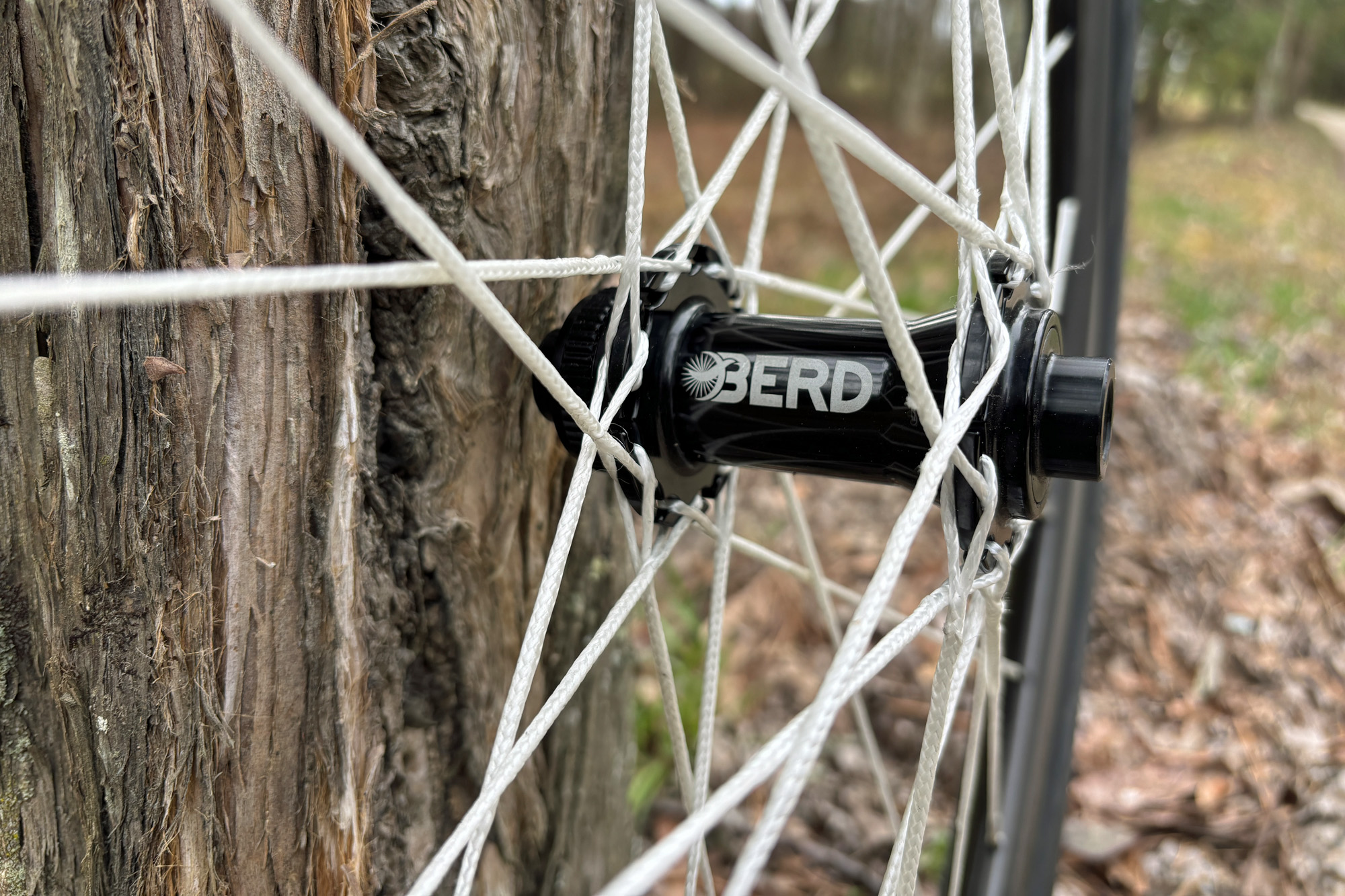
An exceptionally light, uncommonly smooth, aero-be-damned gravel wheelset that makes a lot of sense for gravel riding
-
+
Very light
-
+
Fibrous spokes dull sharp edges and dampen vibration
-
+
Competitively priced for what they offer
- +
-
-
Slower in the wind compared to deeper rim/bladed steel spoke wheels
-
-
No Campy option
You can trust Cycling Weekly.
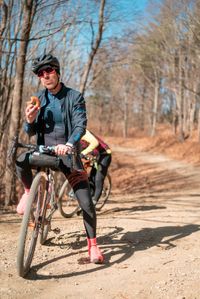
The first thing you’ll notice about any of the Berd wheelsets is that the spokes are strings. Floppy as a shoelace when not built into a wheel, rigid like metal when in use.
Berd’s PolyLight spokes may not feel particularly technical at first glance, but there’s more than meets the eye. Their fibrous material is an ultra-high molecular weight polyethylene, also known as Dyneema®, and it brings impressive claims:
- 15 times the strength-to-weight ratio of steel,
- significantly improved fatigue life,
- impervious to UV exposure,
- and a 200% improvement in vibration damping over wheels with metal spokes,
- ultralight.
The latest race content, interviews, features, reviews and expert buying guides, direct to your inbox!
They’re also neither new nor unproven. Minnesota-based Berd has been around since 2015 and their PolyLight spokes carried Brazilian Henrique Avancini to his second career Cross Country Marathon World Championship in 2023.
We welcomed a set of Berd's new Sparrow carbon gravel wheelset in for review to put these claims to the test.
Construction
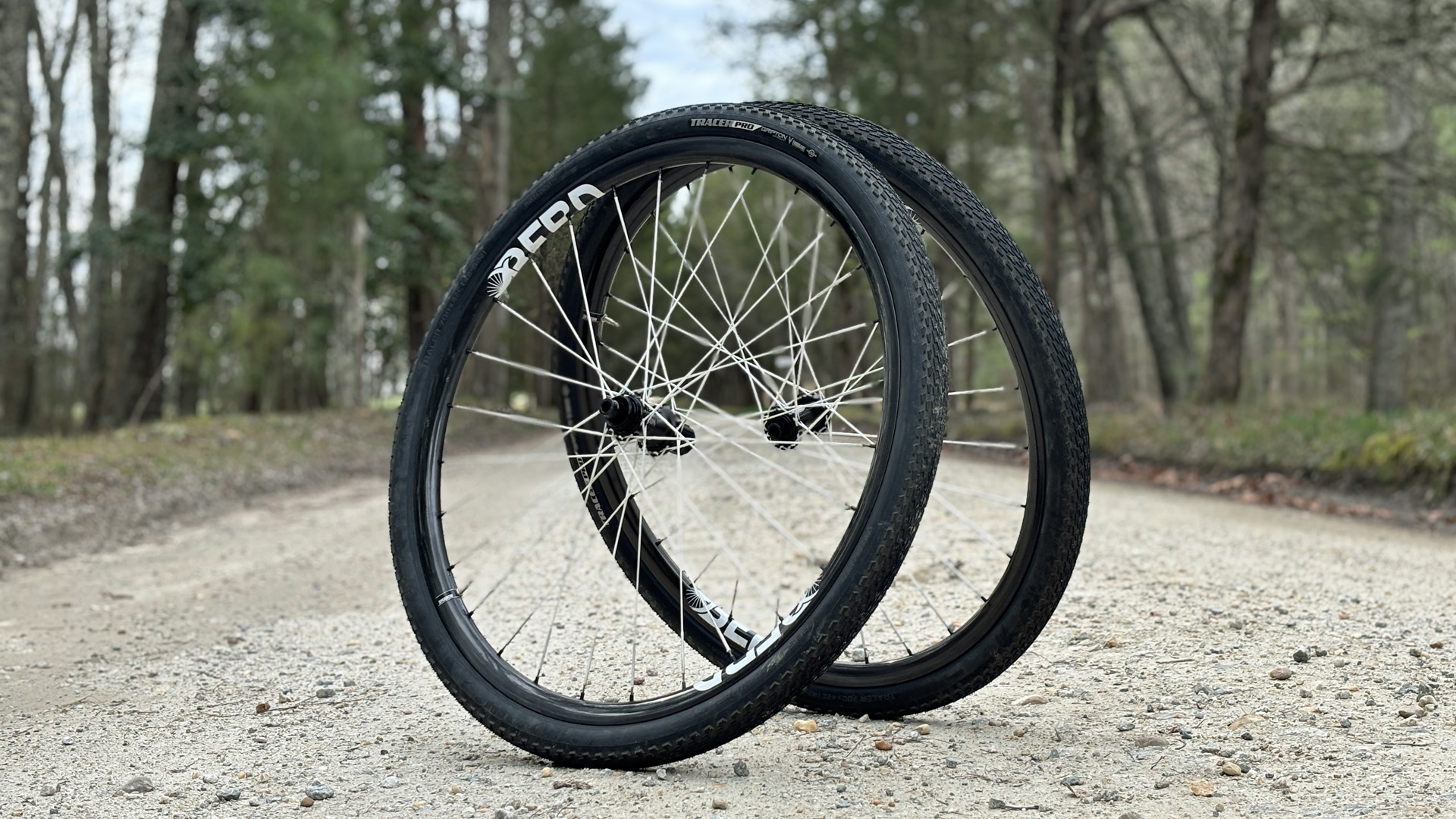
Berd’s complete wheel offerings are a relatively recent development and its goal with the Sparrow wheelset is to offer the ride-enhancing qualities of Polylight spokes in the lightest, gravel-ready configuration the engineers could whip up. Berd spokes weigh around 2.5g apiece, about half the weight of a butted 14/15g steel spoke, and a full set of 56 (28h front and rear) saves around 140g over steel, which is a solid headstart in the weight savings department. Berd worked with its rim supplier on a “confidential carbon material and layup” to develop a 25mm deep/25mm IRD rim weighing a mere 265g that also passes its own internal testing. To our knowledge, this rim is among the lightest rims currently on the market while still rated for 70psi with a 28c tire.
The rim and spokes are paired with Berd's own Talon hubs, which are available with various axle caps and cassette configurations, rendering them compatible with Shimano 11s, Microspine and SRAM XDR. The driver is a ring drive style offering 10-degree engagement via a 36t ring, with a 54t ring available as a $99 upgrade. The most notable thing about the hubs is the hooked flange, which is designed to accommodate looped spoke ends for a faster build. Of note is that the Sparrows can be had with an Onyx hook flange or Industry Nine Torch hubs with Berd-modified flanges, the latter offering a Campagnolo N3W option.
The stringy spokes, hook flange hubs and feathery rims build up to an overall claimed weight of just 1,108 grams a set (1,110g on my scale with rim tape and valves).
The Ride
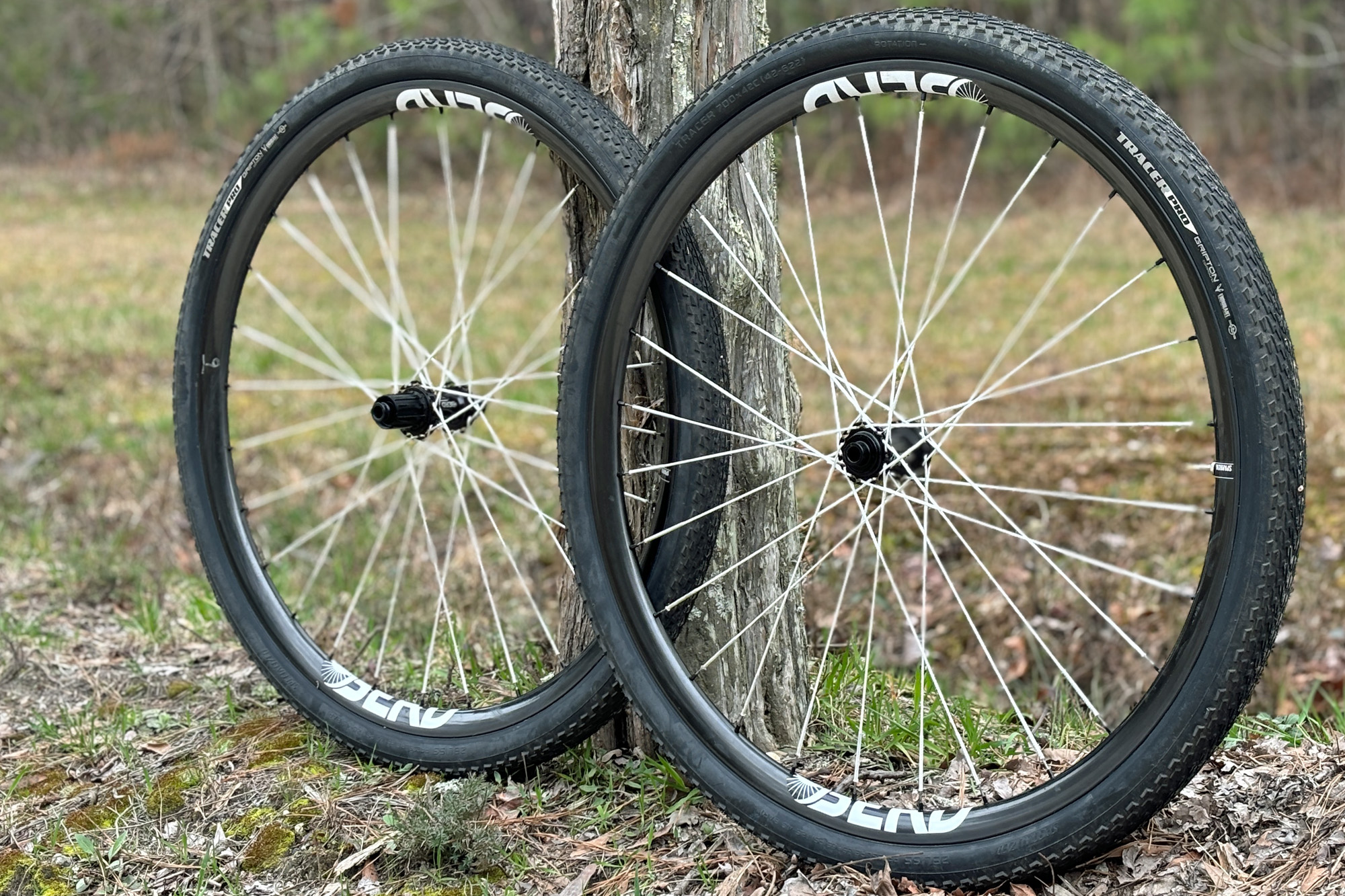
Assuming your mid-to-high-end bike came with wheels weighing around 1,300g, the Sparrows will save nearly 200 grams, which is almost half a pound (0.44lb to be exact) of critical rotating weight. That’s a lot, and for most wheelsets the weight savings will be even greater.
The thing about wheel weight is that it’s hard to quantify exactly how even a dramatic reduction in rotating weight impacts rider effort and acceleration. We’re accustomed to claims about aerodynamic drag in terms of “x watts saved at y speed.” I asked the folks at Berd about a similar calculation to compare the effect of wheel weight on acceleration. Their response: while there is a measurable difference (i.e it takes fewer joules, or watts) to accelerate a lighter set of wheels to a set speed over a defined time period, they did not want to go too far down the rabbit hole of math and performance marketing claims due to how many variables exist in this scenario, which I can understand.
Calculations aside, the Sparrow’s significant reduction in rotating mass makes itself obvious with the first pedal stroke. Every acceleration, especially from lower speeds, feels more like a leap than a wind-up. Compared to a heavier wheel, they respond with less effort when jumping out of corners and popping up steep pitches. The Sparrows are simply fun to ride—they spin up quickly and feel nimble and responsive everywhere and almost all the time.
PolyLight spokes promise several significant performance advantages over steel, but their thicker, round profile catches more wind than a bladed steel (or carbon) spoke. Add to that Berd’s choice of a comparatively shallow 25mm rim depth prioritizing weight and compliance over deeper, faster profiles, and you have a very light wheelset that hits a wall as you near 30mph. Tires, rider position and a long list of other things factor into overall drag figures, but it would be fair to conclude that the Sparrows trade some aerodynamic juice at speed for the less quantifiable benefits of a very lightweight wheelset and leave it at that, but there’s one more element to consider. Remember Dyneema’s claim of a 200% reduction in vibration? Well, there’s something to it.
Knowing how light the Sparrows are, you’ll be tempted to ride them more cautiously than the average wheelset, but that would be a mistake. Not only were they designed to be stout enough to endure the real-world rigors of gravel, but they offer a bonafide advantage over many other wheels when the going gets rough. I intentionally piloted the Sparrows through bad lines, expecting a series of teeth-clenching sharp jolts, and instead found the hits noticeably dulled and less jarring. During my time testing the Sparrows I grew more inclined to take rougher, faster lines with the confidence that it would be less punishing, and yet they’re not soft or mushy and ride normally in all other regards.
If you’re a big rider who likes to take a crack at the county line sprint, there are likely more laterally stiff options to consider, but I didn’t have an issue with the Sparrows wandering off-line on rutted and choppy corners. Given the nature of gravel riding and big, low pressure tires, a little movement might be hard to discern anyway. Berd recommends a 250lb weight limit, and there’s a $200 crash replacement policy for the first five years.
Setup was a non-issue, and I experienced zero issues with my test wheels, which remained true and free of damage despite my battering them through roots and rocks and even chewing up an errant branch that made its way into the rear wheel. With standard external nipples threading into a steel insert, spoke replacement is straightforward, and considering the strength claims, it is fairly uncommon. Months of dirt and mud did discolor the white spokes, but they cleaned up well with soap and water. Black spokes are available, but Dyneema is naturally white.
Value and Conclusion
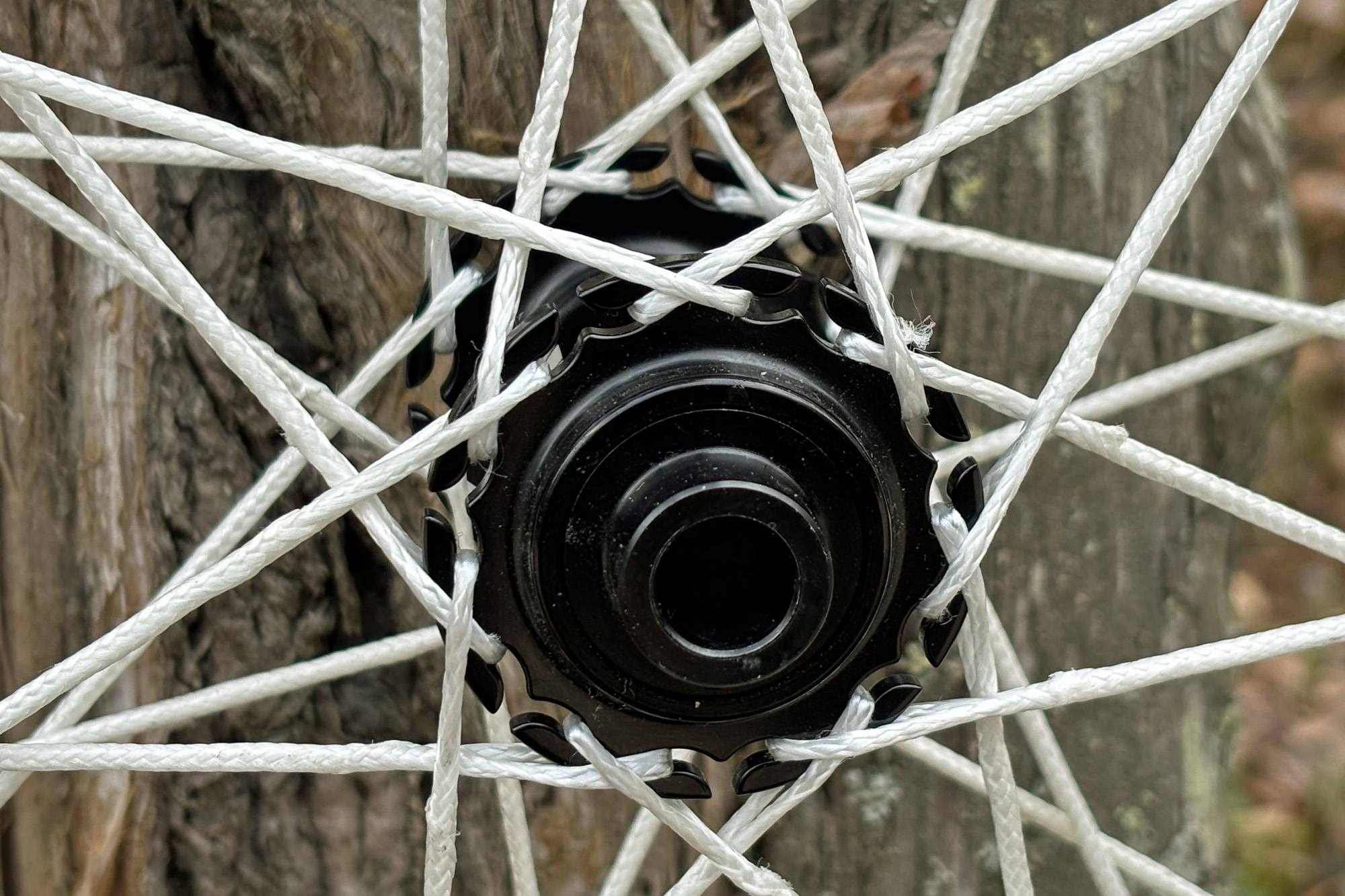
At 1,110 grams, this would be a very light wheelset even by carbon rim brake tubular (remember those?) standards. It’s hard to find another set of wheels within 100 grams of that, let alone gravel-specific wheels costing $2,195.
For perspective, Cadex AR35’s are a claimed 1,250g at $3,300, and Roval’s Terra CLX II is a claimed 1,250g at $2,500. Syncros Capital SL’s come closest at 1,172g and those will set you back $4,600.
Berd’s Sparrow gravel wheels offer the noticeably enhanced compliance of their own Polylight spokes in a lightweight, unconventional package that’s a blast to ride, and very competitively priced. The aerodynamic tradeoff will be a dealbreaker for some, but for those running, flared drops and shoebox-sized bar bags should give the Sparrows a shot.
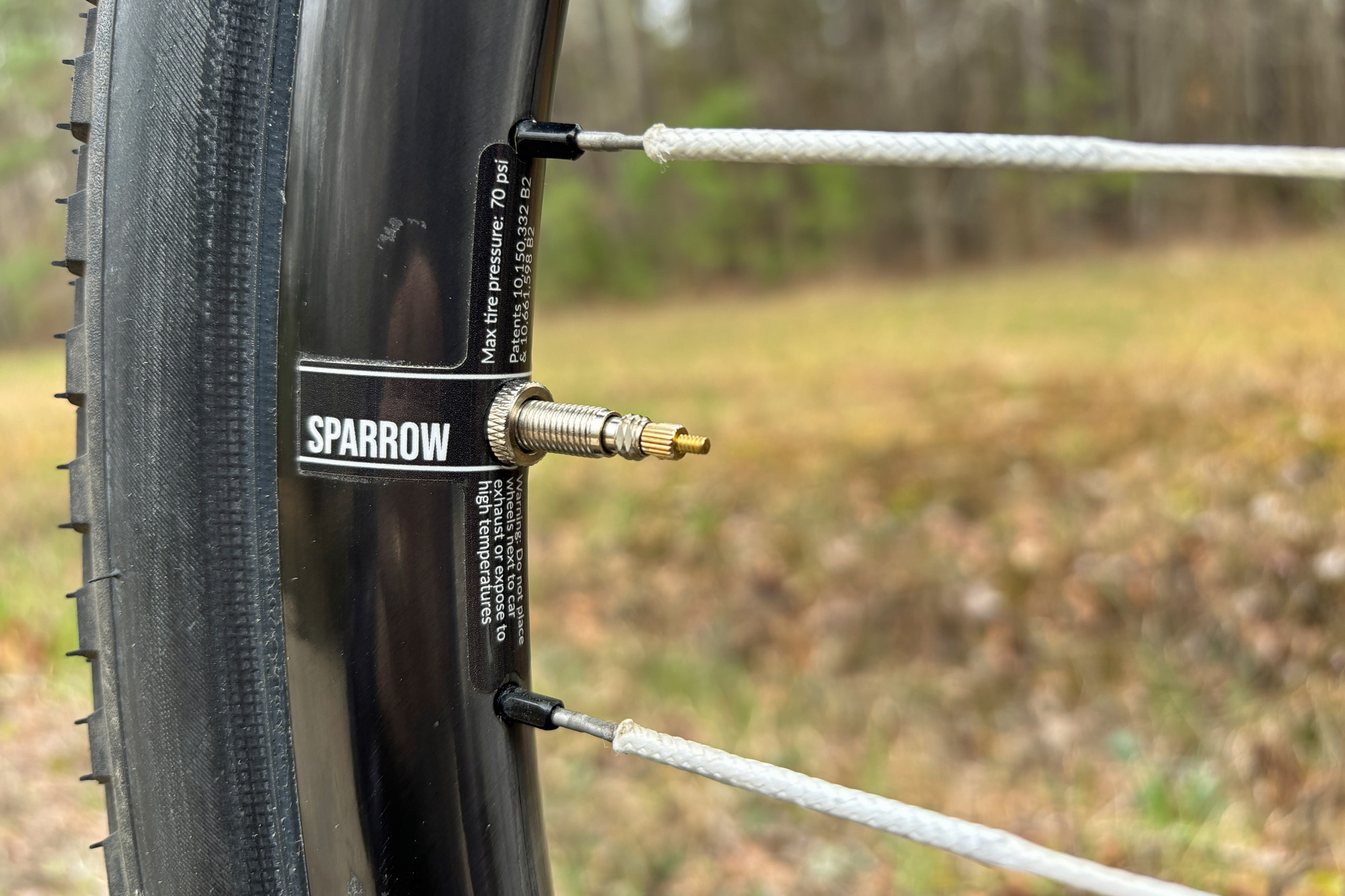
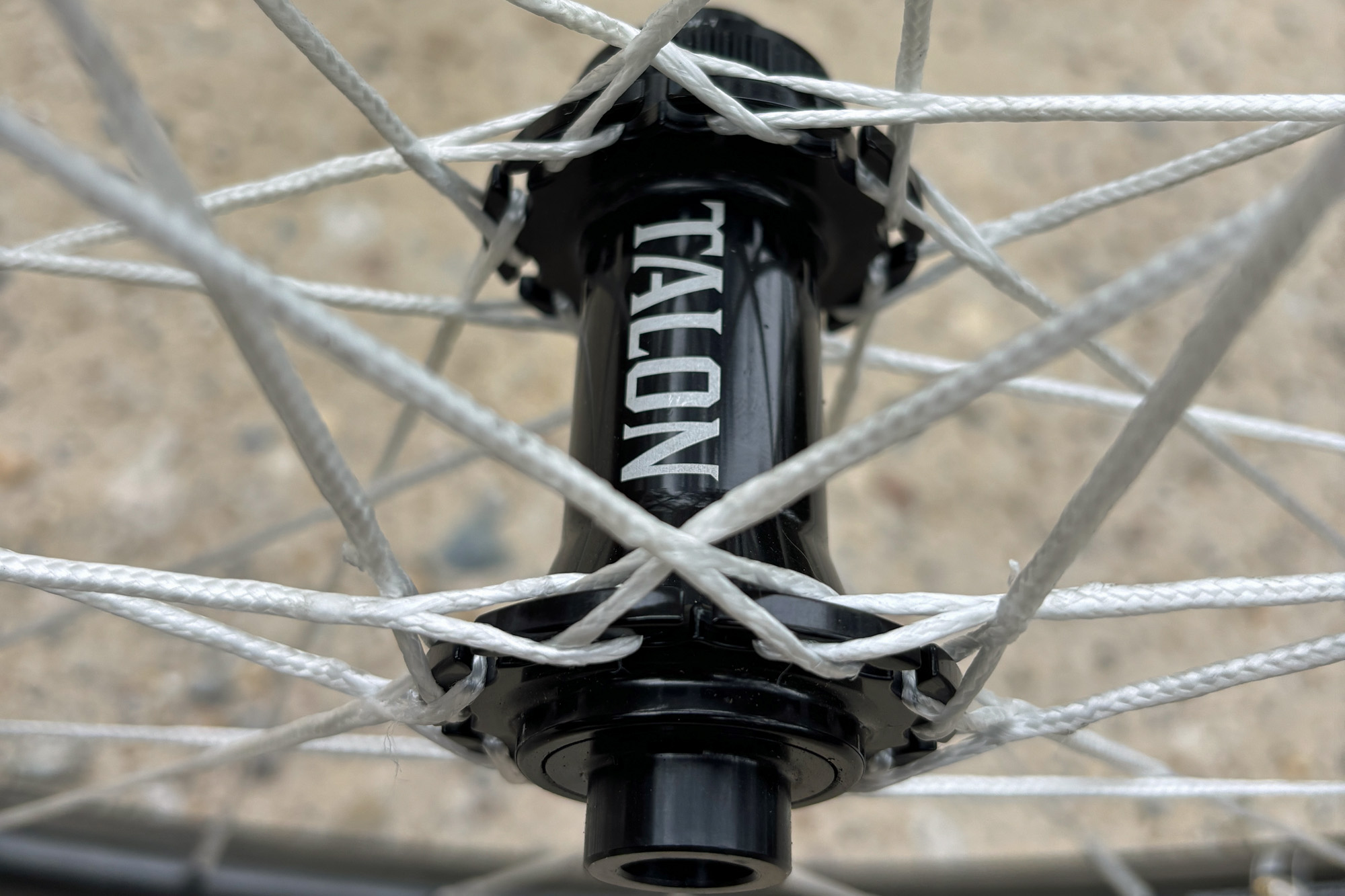




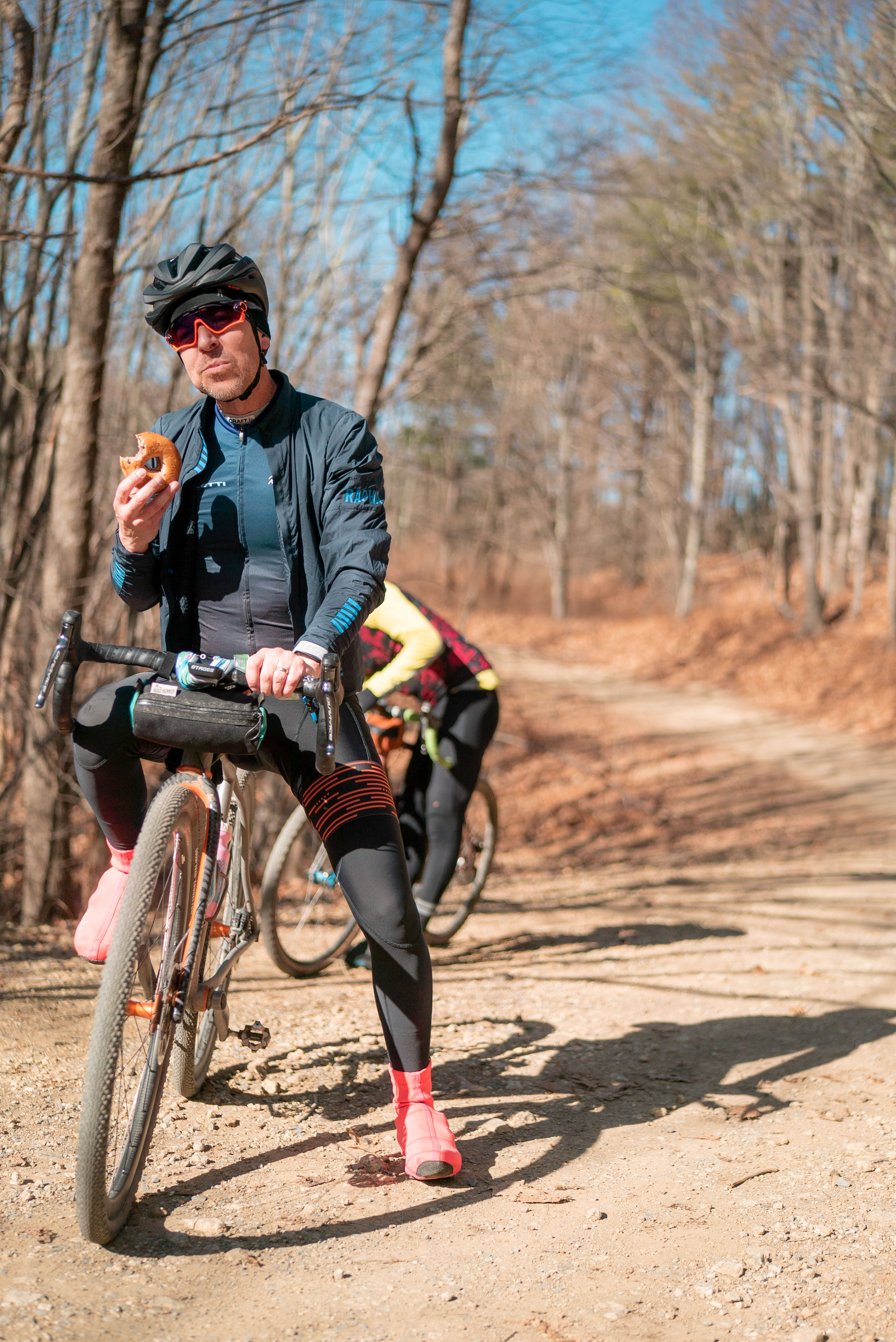
Sean Coffey started out as a Northern California road racer and bike shop rat in the late 1980’s. In the three decades since, he’s used his journalism degree and technical cycling knowledge to wedge himself into a variety of marketing, editorial and product roles at several iconic cycling brands. Now residing in the 2015 UCI Road Worlds host city of Richmond Virginia with his wife, cats and an absurd quantity of bikes, Coffey prefers the sort of steep and miserable climbs others dread, actually looks forward to intervals, takes Strava KOM’s maybe a bit too seriously and will never stop racing cyclocross.